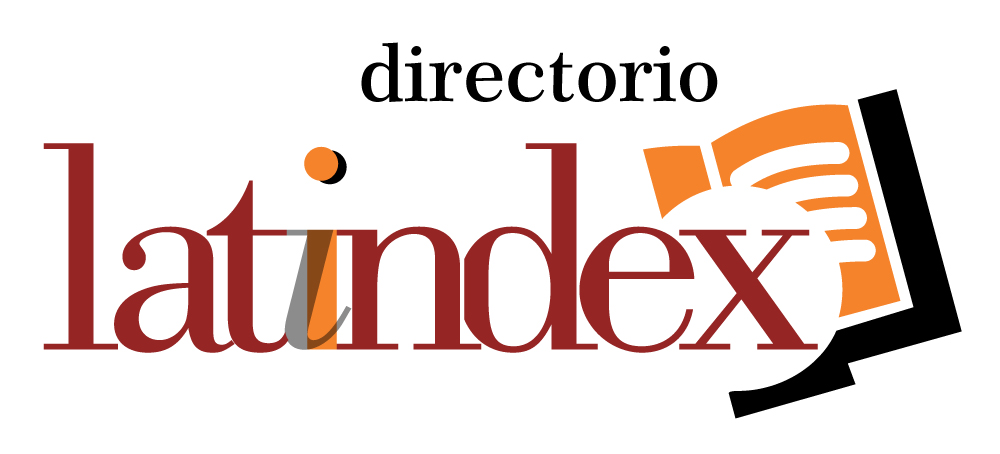Guidelines for authors
Manuscripts submitted to the Revista Jurídica Peruana Desafíos en Derecho (RJPDD) must be original and unpublished, meaning they must not have been previously published or be under review by another journal. Likewise, manuscripts being simultaneously considered by other publications will not be accepted. Submissions can be in Spanish or English, according to the authors’ origin and preference. Manuscripts must be submitted exclusively in digital format through our OJS editorial platform.
When submitting a manuscript to the journal, the corresponding author must attach the following mandatory documents:
- The complete article, written according to the guidelines established in these instructions for authors. (Click to download template)
- Sworn declaration of originality and authorship, duly completed and signed by the corresponding author, with the express authorization of all co-authors (if applicable). This document must be submitted in PDF format. (Click to download declaration)
Failure to comply with any of these requirements will prevent the start of the editorial process.
RJPDD accepts the following types of contributions:
- Original article: Detailed report of an unpublished legal empirical, theoretical, or methodological research study. It must include an introduction, methodology, results, discussion, and conclusions. The length ranges from 4,000 to 8,000 words, excluding references.
- Review article: Critical and systematic analysis of legal literature on a specific topic to identify trends, gaps, and future projections. The length ranges from 5,000 to 10,000 words, excluding references.
- Legal essay: Argumentative text presenting a critical reflection on a legal topic, supported by theoretical, normative, and academic sources. Suggested length is between 3,000 and 6,000 words.
- Letter to the Editor: Short communication commenting on articles previously published in the journal, making critical observations, or sharing legal and academic reflections. Maximum length is 3,000 words, including the title, body text, and author details.
The first page of the manuscript must include the following information:
- Title: Clear and concise, with a maximum of 15 words. Do not include acronyms.
- Author identification: Full name as used in their usual publications, ORCID ID, email, full institutional affiliation (institution name, faculty or school, city, and country), and highest academic degree.
- Abstract: Structured summary including a brief introduction, study objective, methodology used, main results, and most relevant conclusions. Maximum 200 words.
- Keywords: Five keywords, separated by commas, that do not repeat words used in the title.
The title, abstract, and keywords must be presented in both Spanish and English, ensuring a faithful and technically accurate translation.
For original and review articles, the manuscript should follow the IMRAD structure, consisting of the following sections:
- Introduction: Provides context for the study, states the legal research problem, relevant background, normative framework, and objectives or hypotheses.
- Method: Describes the methodological approach and design, documentary and normative sources consulted, legal analysis methods, and ethical considerations. Review articles must rigorously describe the process of collecting, selecting, and analyzing legal, doctrinal, or jurisprudential literature, following recognized methodologies such as PRISMA or other pertinent guidelines.
- Results: Presents findings clearly and objectively, including tables or figures where appropriate. For quantitative empirical legal studies, this section should describe results without interpretation. For qualitative legal research, interpretative analysis as part of the results is acceptable.
- Discussion: Analyzes and interprets results in relation to the objectives, comparing them with previous studies, relevant laws, or jurisprudence. Theoretical and practical implications and study limitations should be indicated. If deemed appropriate by the author, Results and Discussion may be integrated into a single section titled Results and Discussion, provided clarity and coherence are maintained.
- Conclusions: Summarizes main findings, highlighting their legal, scientific, or practical contributions. No new data should be included.
At the end of the main body of the article, the following sections must be included:
- Acknowledgements (optional): Recognizes individuals or institutions that provided technical, academic, or logistical support without meeting authorship criteria.
- Conflict of interest: Authors must declare any conflicts of interest that could have influenced the study. If none exist, state: “The authors declare no conflicts of interest.”
- Funding: Specify if the research received financial support from any institution or funding program. If none, state: “The research did not receive external funding.”
- Data availability: Include the repository link if datasets supporting the study are available. If not, briefly justify their unavailability.
- References: Original articles must include at least 30 references, and review articles at least 40. All citations must be referenced and vice versa, following APA 7th edition style in Spanish or English. At least 70% of references must be from scientific articles published in indexed journals and be less than five years old. Use of reference managers such as Mendeley is recommended.
- Appendices (optional): May include supplementary information supporting the article content, such as instruments, extensive tables, additional graphs, technical sheets, or relevant documents not part of the main text.
For legal essays, in addition to including the first page with required information (title, authors, abstract, and keywords), the text should be presented in a continuous, clear, and argumentative style. It is suggested to organize content into introduction, development, and conclusions for clarity and coherence.
Letters to the editor should include a clear and concise title, followed by one or more brief paragraphs precisely expressing the author's opinion, comment, or legal reflection. An abstract or keywords are not required.
If symbols, formulas, abbreviations, or units of measurement are used, international standards should be followed:
- Scientific and mathematical symbols: Use standard notation recognized by the scientific community (e.g., Greek symbols, mathematical operators).
- Units of measurement: Express according to the International System of Units (SI).
- Abbreviations: Define them upon first use in the text and use them consistently throughout the manuscript.
Correct use of these elements is essential to ensure clarity, precision, and understanding of academic and legal content.
Disclaimer: Statements, judgments, and opinions expressed in published articles are those of the authors and do not necessarily reflect those of the Editorial Committee of the Revista Jurídica Peruana Desafíos en Derecho.
Last updated: July 9, 2025














